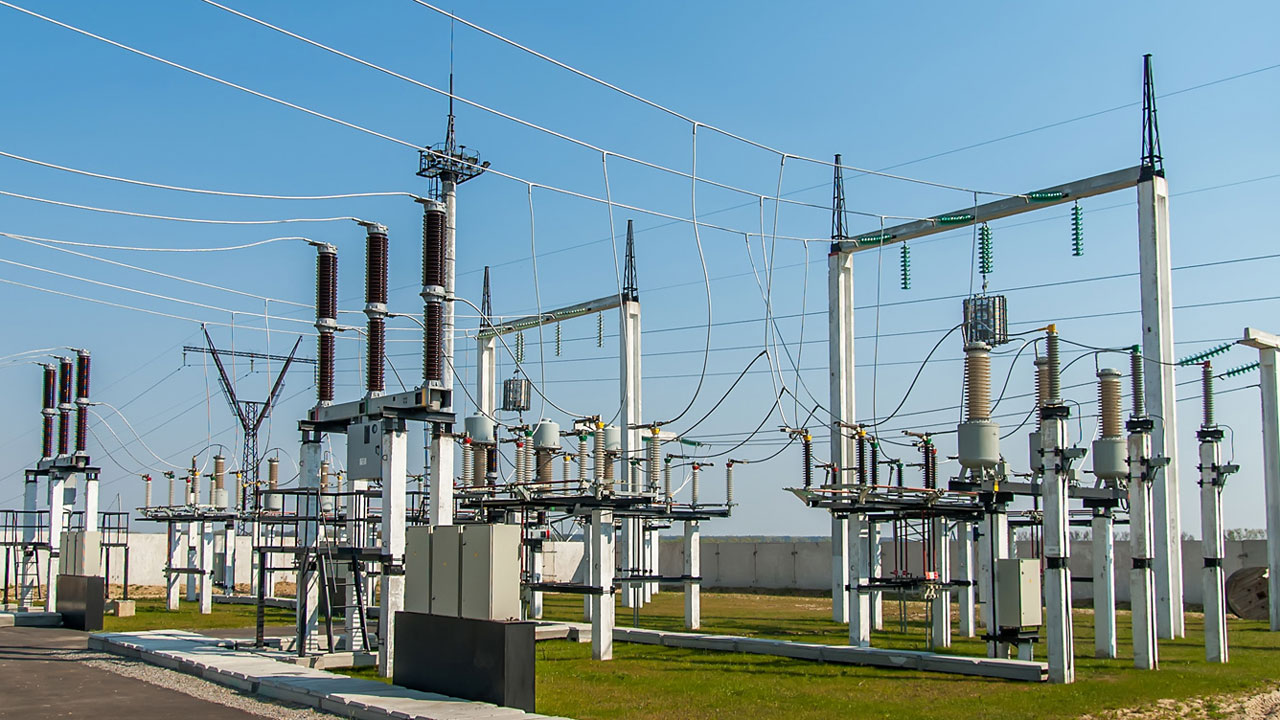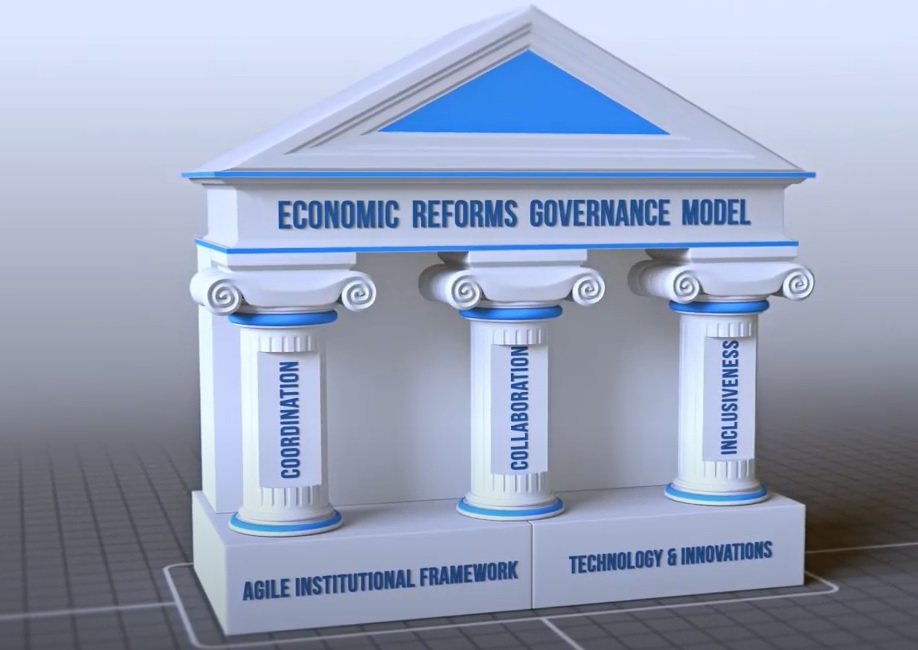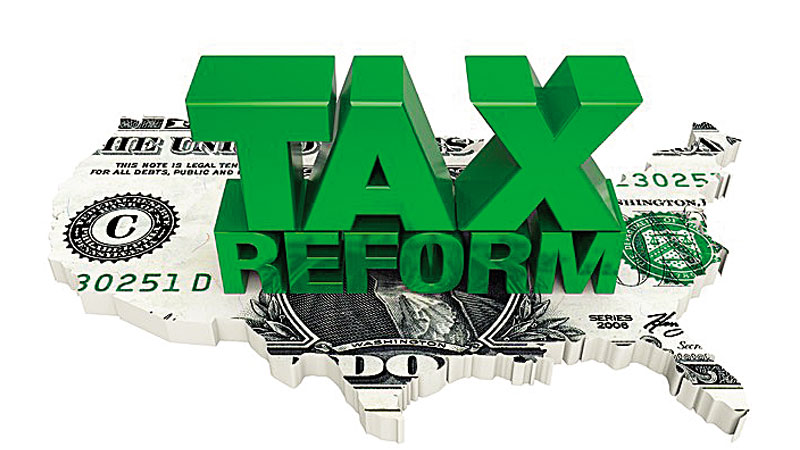Tariq Mahmood Awan
Pakistan’s energy sector is facing a severe crisis, with dire consequences for the country’s manufacturing sector. Despite persistent efforts to combat theft and manage power and gas tariffs, the situation remains bleak. Costs are not just increasing but skyrocketing, leading to a mounting circular debt. Prices have not just increased but doubled for the power sector, and the increase is high and even higher for the gas sector in the last two years, yet the problem persists.
The government has proposed introducing the Competitive Trading Bilateral Contracts Market (CTBCM) to address the situation. However, there are issues in the petroleum sector where problems are not being considered in their proper context, and a greater, urgent collaboration with the power sector is needed. The two divisions of the energy ministry continue to work independently, and this is not just exacerbating but further exacerbating the situation. The government is not just struggling but grappling to come to grips with the dire situation, and the ministerial divisions continue to indulge in superficial tinkering here and there without an agreed holistic plan that has the support and ownership of both the wheels of the energy cart.
The energy sector’s chaos is not just affecting but severely impacting Pakistan’s manufacturing sector, which is not just losing but rapidly losing its competitiveness. Frequent increases in power tariffs are not just making but rendering some sectors entirely uncompetitive, and those relying on gas as their primary energy source are not just facing but grappling with similar problems. The end of prioritizing gas supply to captive power plants forces them to move towards more efficient solutions. However, something needs to be more efficient at current prices, which are not just expected but projected to increase further. Frequent price increases are not just bringing but pushing combined cycle efficient plants close to becoming uncompetitive, and those relying on the electricity grid are not just facing but experiencing no difference.
The government is thinking of recovering Rs26/unit as use of system charges (UoSC) in a competitive market, which is more than 9 cents, and the demand of the export-oriented sector to remain competitive. These charges, also known as grid access fees, are levied on electricity consumers to cover the costs of maintaining the power grid. If UoSC is too low, it will prevent the distribution company from recovering true costs and maintaining infrastructure for reliable power supply. If it is too expensive, it will defeat the spirit of competition by becoming prohibitive for eligible customers to switch out, as is the case now.
The energy ministry is demanding Rs1.2 trillion in subsidies for the next fiscal year, and the good-paying consumers cannot take any more of the burden. The government needs to have a better balance and should support the electricity-protected consumers through budgetary subsidies. If the federal government cannot provide it, the provinces should do it. One potential solution is to redefine the segment of consumers eligible for subsidies from consumption-based to income-based, using data from the Benazir Income Support Programme (BISP). This approach could help target subsidies to those who need them most, but it also presents challenges in terms of data accuracy and implementation. Additionally, the cross-subsidy should end to ensure a fair and transparent energy pricing system.
There are many ifs and buts in the sets of equations, and there are political and economic constraints where correcting one node would make others unsustainable. One potential solution is to reduce the cost of production by elongating the capacity payments to the 2015 Independent Power Producers (IPPs). This would allow for a more gradual transition to new energy sources, reducing the risk of sudden price increases. However, this approach also presents challenges, such as the potential for increased debt and the need for long-term planning. Lowering the inefficiencies in the transmission and distribution system by deregulating and privatizing Discos is another potential solution. The first step should be to end the uniform tariffs and blanket protected categories.
Therefore, the energy sector’s turmoil is inflicting severe damage on Pakistan’s manufacturing sector. If this crisis is not addressed, we risk losing our competitive edge in key industries, leading to job losses and reduced economic growth. The government must act swiftly and decisively to address this crisis. Enhanced collaboration between the power and petroleum sectors is imperative, and the government must find a balanced approach to recovering costs through UoSC. Energy subsidies need to be redefined to support electricity-protected consumers through budgetary subsidies and end the cross-subsidy. While political and economic constraints exist, the government must take bold steps to resolve this situation and protect Pakistan’s manufacturing sector from further harm.
Pakistan’s energy sector faces several challenges, and reform is needed on multiple fronts, including legislation, administration, technological and structural. Pakistan heavily relies on imported fossil fuels like oil and gas, making it vulnerable to price fluctuations. Investment in renewable energy sources like solar, wind, and hydro is crucial to ensure long-term energy security and reduce dependence on imports. Pakistan must adopt short-, medium– and long-term solutions in emergencies. Currently, renewables make up a small portion of the energy mix. Policies promoting large-scale solar and wind projects and net metering schemes for rooftop solar installations can significantly increase renewable energy contribution.
Existing transmission lines lack capacity, leading to significant energy losses during transmission. Modernization and expansion of the grid infrastructure are essential to ensure efficient generated power delivery. Distribution losses due to outdated infrastructure and theft are a significant concern. Upgrading distribution networks with smart meters and investing in anti-theft measures can significantly improve efficiency.
The current system discourages efficient power generation due to subsidized prices and low collection rates. Implementing effective cost recovery mechanisms that ensure fair pricing and timely bill payments is necessary for the sector’s financial sustainability. Therefore, it is also essential to collect energy charges in Pakistan.
The crippling circular debt issue, where various stakeholders owe each other money, hinders investment and innovation. Addressing this issue through transparent billing, improved collection rates, and targeted subsidies is crucial. A robust regulatory framework with an independent regulator can ensure fair competition, attract investment, and promote efficient operations in the energy sector. Lack of transparency in decision-making and procurement processes can lead to inefficiencies and corruption. Strengthening transparency and accountability measures can improve public trust and attract investment. Specialized administrative and human resources are also critical alongside provinces playing a positive role in the energy sector. Investing in innovative grid technologies like smart meters and automation systems can improve grid management, reduce losses, and enable better integration of renewable energy sources. Accordingly, Promoting energy efficiency through public awareness campaigns, appliance standards, and industry audits can significantly reduce overall energy demand.
By implementing these comprehensive reforms, Pakistan can move towards a more secure, sustainable, and efficient energy sector that fuels economic growth and improves the lives of its citizens.
Please, subscribe to the YouTube channel of republicpolicy.com
















































